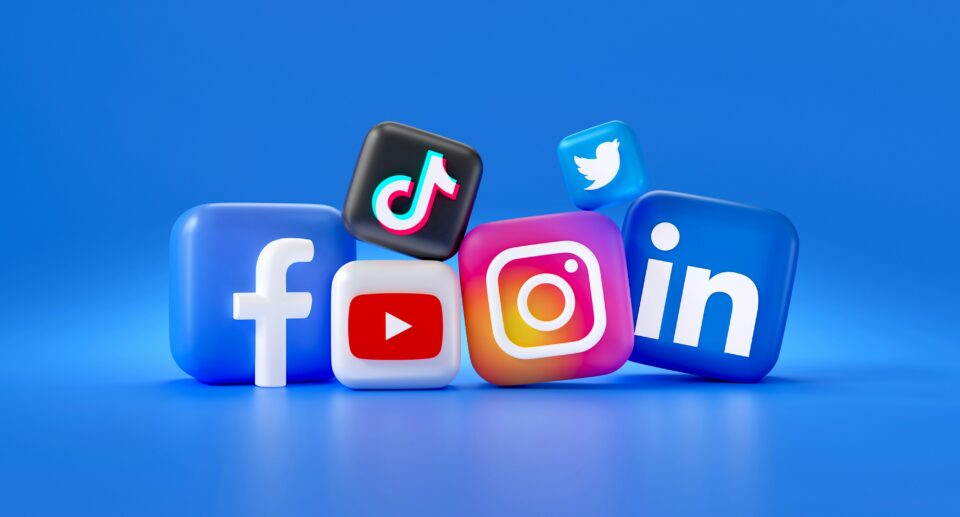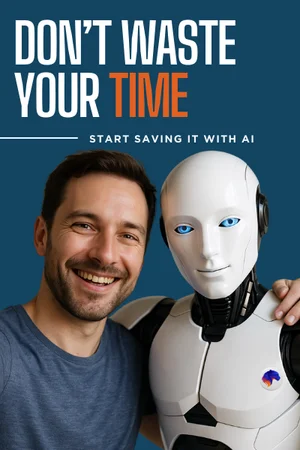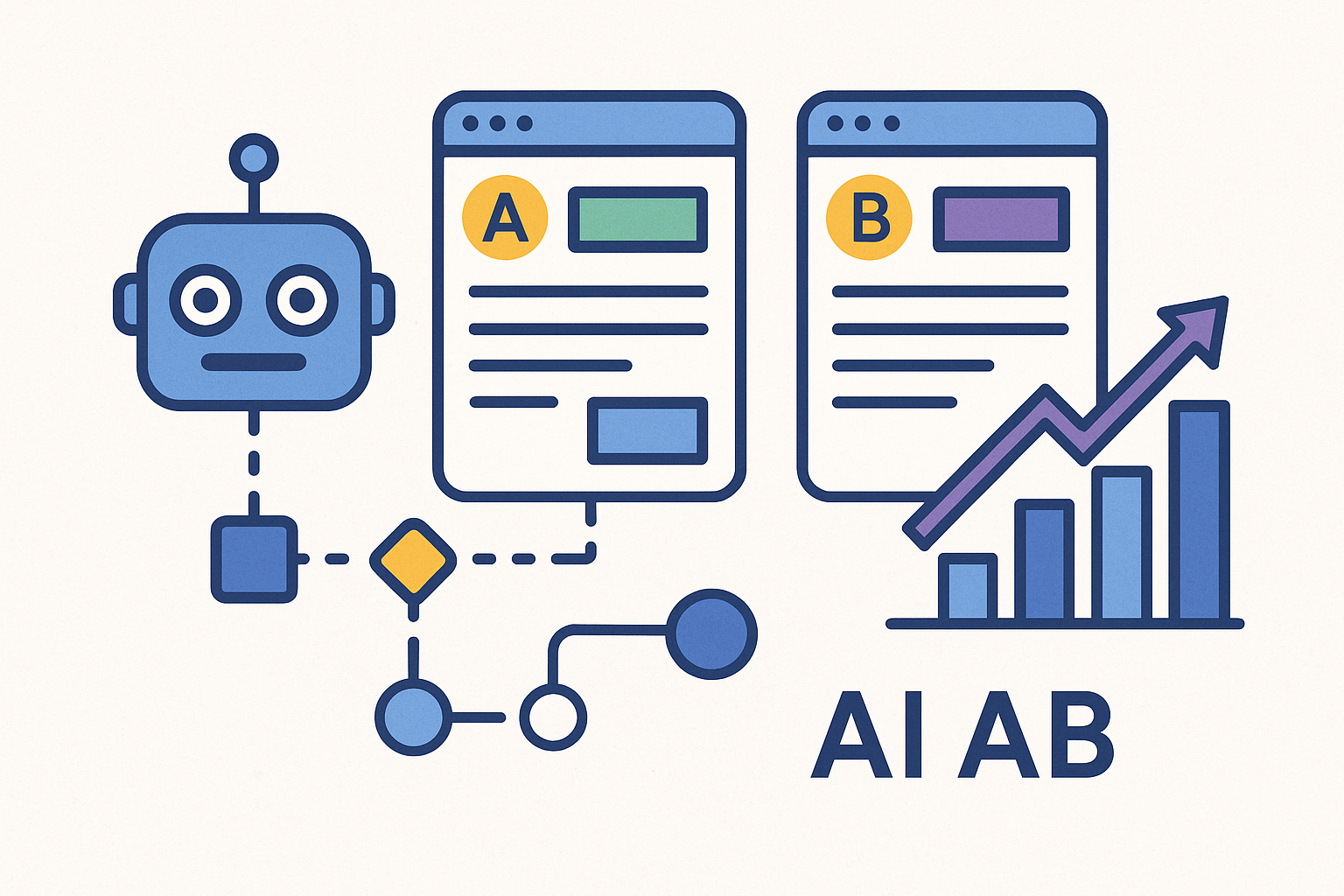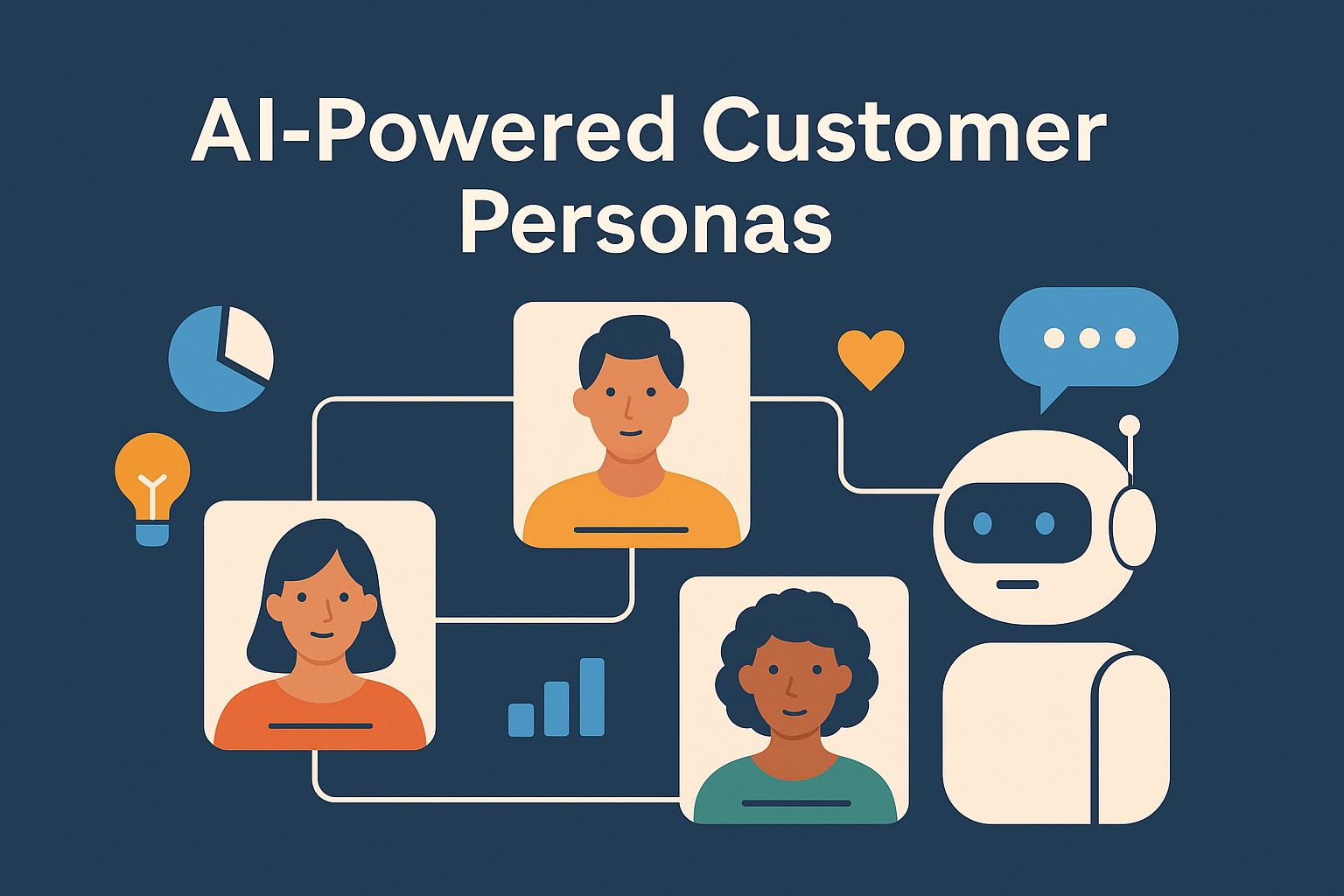Predictive AI vs. Generative AI: What’s the Difference?

Two of the most important branches shaping how marketers work today are predictive AI and generative AI.
They sound similar, and sometimes overlap, but they serve fundamentally different purposes.
If you’re a marketer, startup founder, or content strategist trying to make smarter decisions about which tools to use (and when), understanding the difference between these two types of AI is essential.
Let’s break down what each one does, where they shine, and how they can work together inside your marketing stack.
What Is Predictive AI?
Predictive AI uses historical data to forecast future outcomes. It looks at patterns—user behavior, sales trends, email engagement—and uses that information to make informed predictions.
Think of it like a really smart analytics assistant: it won’t write your blog post, but it will tell you which blog topics are likely to drive conversions based on past performance.
Common uses of predictive AI in marketing:
- Lead scoring based on likelihood to convert
- Predicting churn or customer lifetime value
- Email send-time optimization
- Website personalization based on previous visits
- Product recommendation engines
Tools like Salesforce Einstein, Pega, and HubSpot’s predictive lead scoring are classic examples. They don’t create new content—they help you make better decisions about timing, targeting, and resource allocation.
What Is Generative AI?
Generative AI creates something new. It uses models trained on massive datasets to generate human-like text, images, audio, or code. Where predictive AI is about forecasting, generative AI is about making.
This includes tools like ChatGPT (text), Midjourney (images), Descript (audio), and Runway (video). These platforms produce content in seconds based on prompts, making them a favorite among marketers, creators, and educators.
Common uses of generative AI in marketing:
- Drafting social posts, blogs, or newsletters
- Creating images, videos, or voiceovers
- Brainstorming product names or taglines
- Auto-generating ad copy variations
- Summarizing long content into digestible formats
Generative AI is what helps lean teams produce more content without scaling headcount.
How They Work Together
The magic happens when predictive and generative AI are paired. Imagine this:
Your predictive engine analyzes which blog topics drove the most qualified traffic last quarter. Then your generative tool writes a draft post optimized around that trend. You edit and personalize, and boom—high-impact content in a fraction of the time.
Another example: predictive AI might tell you which segment of your list is most likely to churn. Generative AI writes a re-engagement email tailored to that group’s interests.
Used together, these tools move marketers from guesswork to growth loops—data informs the strategy, and creation scales the output.
What to Watch Out For
While both types of AI are powerful, they also come with caveats:
- Predictive AI is only as good as the data it learns from. If your CRM data is messy, your predictions will be too.
- Generative AI can hallucinate, producing incorrect or misleading content if not guided carefully. It needs your expertise and prompts to function properly, giving you the best reults.
Marketers need to remain the critical thinkers in the loop—checking outputs, steering strategy, and applying brand context.
Also, don’t expect instant results. AI tools shine when paired with clear inputs, strong prompts, and specific goals. Vague inputs = vague outputs.
Which One Do You Need?
If you’re trying to decide where to start:
- Use predictive AI when you need clarity: what to send, to whom, when, and why.
- Use generative AI when you need content: copy, visuals, voice, or scripts.
For most lean teams, the real unlock comes when you combine both. Predict to prioritize. Generate to scale. Optimize based on feedback.
AI isn’t here to replace marketers—it’s here to reduce the friction between insight and execution.
Predictive AI gives you the roadmap and generative AI gives you the engine.
Together, they help teams move smarter, faster, and with more focus.
Instead of spending hours deciding what to write and how to write it, you can focus on why it matters and what happens next.










